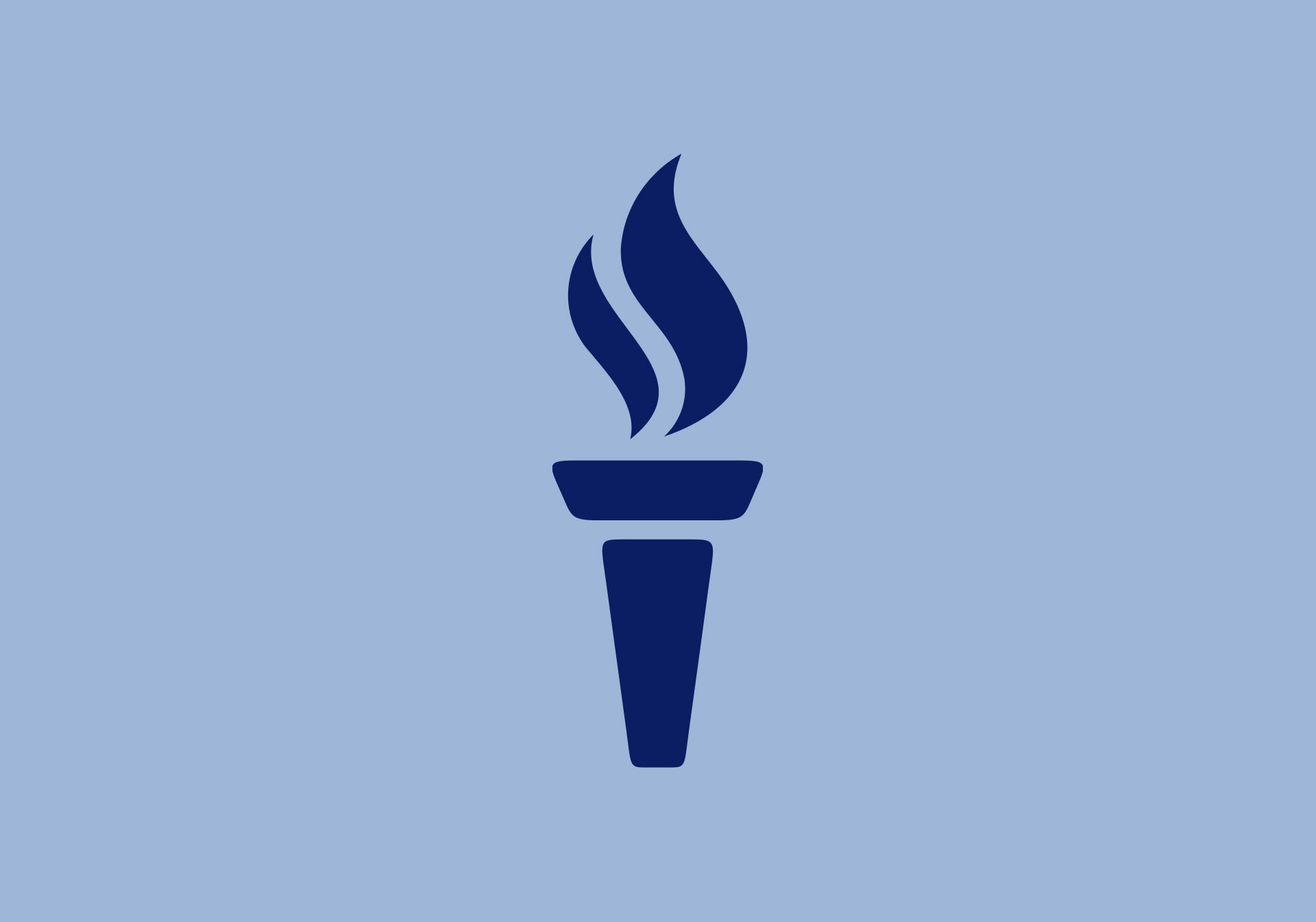Opponents of hydraulic fracturing claim the process is unsafe and contaminates groundwater.
Not according to data, says John Locke Foundation Director of Regulatory Studies Jon Sanders, who analyzed fracking in this report.
Fracking has been around much longer than some might expect. “It isn’t new. The first well in which hydraulic fracturing was used was drilled back in 1947,” Sanders said. “Since then hydraulic fracturing has been used in over a million wells, and the industry has maintained an excellent safety record.”
Despite that record, critics have raised safety concerns. “Public debate over fracking has become unusually, well, fractious,” Sanders said. “That makes it hard to separate the facts from the noise. Several notorious examples of ‘fracking disasters,’ however, fall short of the mark upon closer examination.”
That includes the high-profile example of lighting tap water on fire, a feature of the anti-fracking “Gasland” movies from 2010 and 2013. Sanders details the deception and omissions used to mislead viewers of those films.
More credible sources offer a different story, Sanders said. “A 2004 study by the U.S. Environmental Protection Agency of hydraulic fracturing of coal-bed methane wells found no incident of contamination of drinking water wells from hydraulic fracturing fluid injection,” he said. “In 2009 state regulators tied to the Interstate Oil & Gas Compact Commission said they had found no cases where hydraulic fracturing had caused drinking water to be contaminated. The Institute of Energy Research reports that hydraulic fracturing is a safe process well-regulated by the states and that the industry has an excellent safety record.”
